FEATURE: Brazil zinc giant growth ambitions undiminished
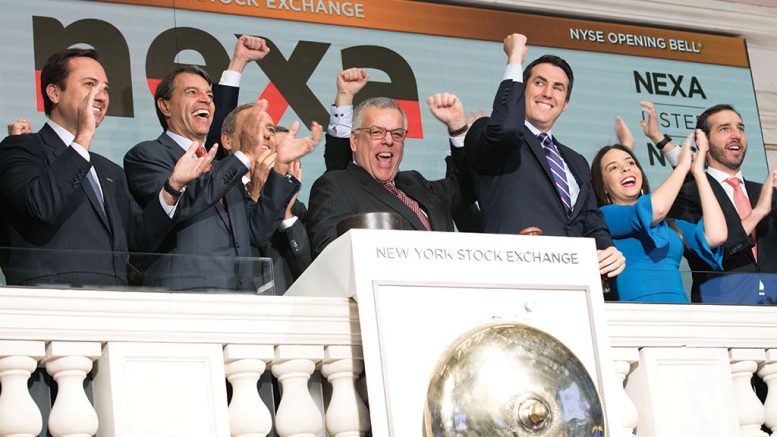
With prices down nearly 10% in 2019, now is not an easy time for zinc miners. Measured from its highs hit in March-April the metal – used mostly to galvanize steel and as an alloy – is down more than 20%. That’s officially a bear market.
Zinc’s fortunes this year compares with that of nickel, which despite a sharp correction recently is still enjoying a 33% gain year to date. On-again off-again Indonesian ore export bans have buoyed nickel, but most of the excitement surrounding the metal has come from electric vehicles.
In contrast, battery metal and EV enthusiasts have mostly ignored zinc-air technology despite its safety, energy density and cost advantages over lithium–ion. Large scale deployment of zinc-air batteries is years away and novel applications like thermal sprays for offshore wind farms haven’t really caught the attention of investors.
There is also an increasingly louder chorus saying that the bearishness on zinc is overdone.
For now, the metal is still tied to the fortunes of the global construction and auto industries, both of which have suffered from global trade and economic growth worries.
But there is also an increasingly louder chorus saying that the bearishness on zinc is overdone.
A recent analysis by BMO Capital Markets shows that while the demand growth for zinc is pedestrian, supply may come under expectations, especially in China where environmental rules are increasingly strict. The project pipeline also starts to shrink dramatically after 2022, stocks are historically low and infrastructure spending in developed economies can’t be put off forever.
And if there is one big thing zinc has going for it, it would be lack of scrap supply. To use one of mining’s more evocative phrases: zinc is a sacrificial metal.
This was the backdrop when MINING.COM talked to Tito Martins, President and CEO of Nexa Resources, at company headquarters in Sao Paulo, Brazil last month. Martins was the executive in charge of the world’s no. two miner Vale’s base metal operations, prior to joining Nexa in 2012.
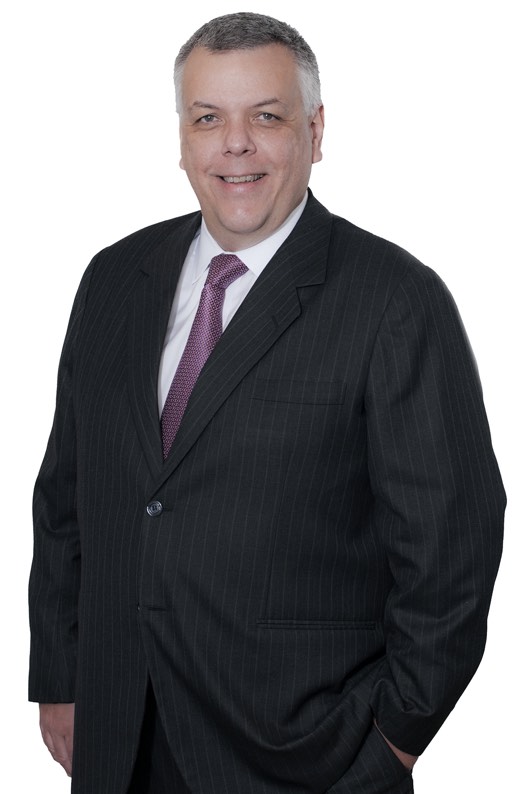
Impressive IPO
When Nexa Resources IPOed mid-October 2017, the zinc market looked very different than today. The zinc price came close to hitting decade highs earlier that month and the company, spun out of the metals arm of Brazil’s largest conglomerate Votorantim after a combination with Peru’s Milpo, raised a smidgen under US$500 million in the New York and Toronto.
At the time it was the third-largest mining IPO in Toronto stock exchange history, no small feat on a market hosting north of 60% of the world’s listed miners. With annual revenues of $2.4 billion, Nexa is the world’s fourth largest zinc producer with output of 557,000 tonnes of zinc equivalent at three mines in Peru and two in Brazil. Refined zinc production from the company’s three smelters totals 617,000 tonnes.
Martins is sanguine about zinc’s prospects, which would be expected, but also realistic about the outlook for the metal. Martins says while the supply picture for zinc (and copper which represents around 7% of the company’s output) is well understood, the prospects for the base metals depend on the demand scenario, especially once the US and China come to an agreement on trade.
“If there is fair agreement, speculation surrounding a fall in economic growth in China changes and people start to believe the Chinese and Asian economies will keep up sustainable growth. If that happens, clearly we will start to see the price of zinc going up,” Martins says.
In any case, historically speaking, says Martin, today’s zinc price is not particularly onerous and the industry has coped with prices below $2,000. “If we’re not happy with the price today, it’s only because we believe it should be higher.”
A problem for zinc, says Martins, is that its future is not as glamorous or exciting as copper with its extensive use in green energy and other technological applications. However, the zinc market in many ways functions in a similar way to copper, especially its exposure to broader economic growth.
At the time it was the third-largest mining IPO in Toronto stock exchange history
Martins explains that when Nexa was talking to investors ahead of the IPO there was a lack of understanding of how the zinc market works and little exposure to the metal. “One reason for this is because the majors, with the exception of Glencore, have not produced zinc for 20 years. It’s worth remembering that Rio Tinto [in its modern form] started as RTZ: Rio Tinto – Zinc.”
In vehicle manufacturing, responsible for a fifth of zinc demand, there is increasing competition with lightweight aluminum, but steelmakers are pouring resources into the industry and fighting back to regain market share. Martins says it’s also worth noting that in places like China only some 20% of steel used in vehicles are galvanized versus 80% in Europe and the US, which provides strong underlying demand.
What’s next for Nexa
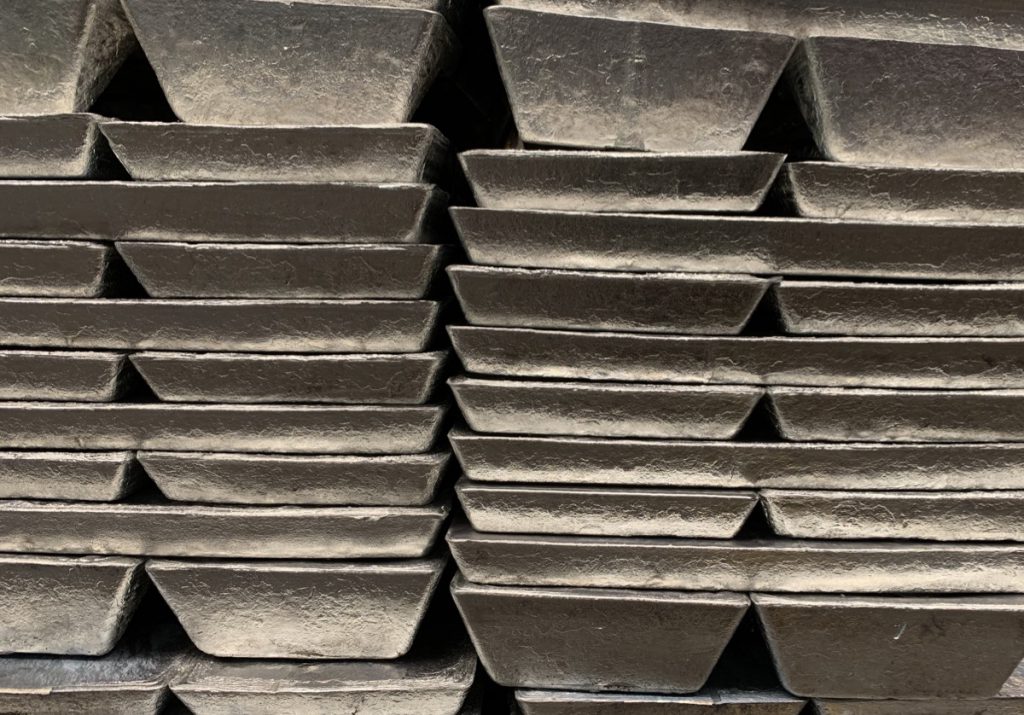
Martins has set post-IPO Nexa on an ambitious growth trajectory. Not only in terms of new projects of which there are seven being advanced (some of the more exciting properties are copper-focused), but a complete organizational transformation built around technology, environment and human resources.
In Nexa’s most recent financial disclosure, the company declared that its short-term capital allocation strategy is being revised, taking away funds from expansion projects to invest in operating efficiencies. Martins says it’s an acknowledgement of the current cycle for the zinc market and the program, started mid-year, is expected to be in place until the end of next year: “It would shield us from further price weakness in the short and medium term.”
The new steamer spends money in the community providing the eucalyptus farmers in the area with a new source of income
So would the $857m cash on hand, according to Q3 financials, the fall in the value of the Brazilian real to record lows and tentative signs that the new Bolsonaro administration could succeed in lifting some of the regulatory burden in the country, where labour laws in particular, make life difficult for businesses.
Martins says the company is committed to more public disclosure, but at the moment is unwilling to announce a number on the efficiency program.
On the boil
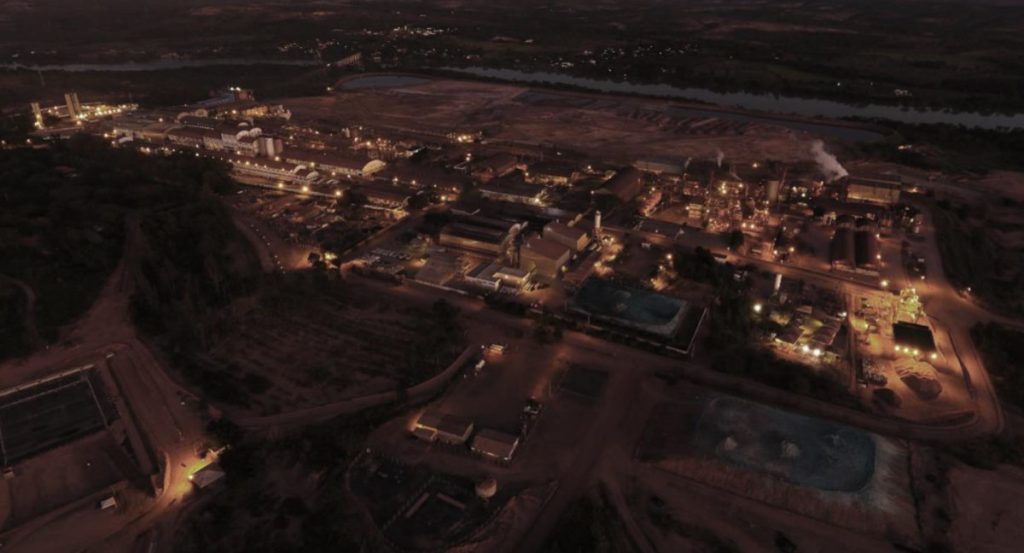
While there are many components to the cost-cutting and productivity drive including automation, digitization, process re-engineering, recovery, the environment, labour and community initiatives, one project at the Tres Marias smelter (which MINING.COM toured) is an example, albeit a small one, that seems to tick many boxes.
A biomass boiler at the Tres Marias plant in Minas Gerais, in operation for nearly 50 years, was built to convert power generation from heavy fuel to wood chips. At a construction cost of less than $300k, the new plant will save the facility around R$10m (US$2.4M) per year and reduce carbon emissions by 40%. Not only that, the new steamer spends money in the community providing the eucalyptus farmers in the area with a new source of income.
The Vazante zinc-lead-silver underground mine, which MINING.COM also visited, feeds Tres Marias with silicate concentrate, making the smelter the only one in the world handling both silicate and sulfide concentrates, the latter coming from Nexa’s Morro Agudo mine. Tres Marias also produces zinc oxide for the rubber industry.
Vamping up Vazante
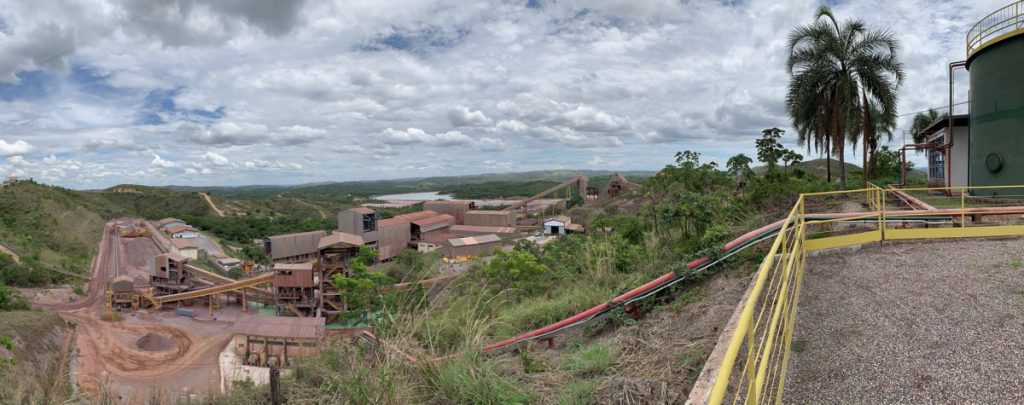
Nexa’s overhaul of its operations and growth strategy is written in bold at Vazante, which has been continuously mined since 1970, with spending of nearly $180m through 2022.
Working with consultants, the mine has been able to improve dilution (already down to 20% from 24.3% with a goal of 18%), metal recovery (zinc now inching up to 87%) including byproducts, and concentrate quality among others.
The two mines in operation at Vazante are also adding a shift (Brazilian regulations prohibit underground workers from working more than 6 hours at a time) and “hot seats” to bring the mine more in line with international standards of close to 20 hours operation per day.
Construction projects include a completed ore sorting facility and reprocessing of tailings where grade can still run as high as 6% zinc. Together, the tailings reprocessing and dilution improvements add nearly 9,000 tonnes per year.
Extending the life of Nexa’s mines and fully integrating mining and smelting is a key part of Martins’ strategy
It’s above 10% in the orebody thanks in large part to a highly fluorescent silicate mineral called Willemite named after the 1829 Prince of Orange. Vazante is the only producing Willemite mine in the world, which, thanks to concentrations of 20% or more makes the operation the highest-grade zinc mine in the world.
Extending the life of Nexa’s mines and fully integrating mining and smelting is a key part of Martins’ strategy. With 16.5km in development so far this year, physical progress on the deepening of Vazante is more than 80% complete extending to the LOM to 12 years. Already more than three-quarters of mining were at the deeper levels this year.
As part of the deepening Vazante now also hosts what would be the world’s largest underground pumping station, taking the crown from a South African gold mine. Hosted in limestone, Vazante is a wet mine and is already pumping water at an average of 11,500 m3 per hour. Scheduled completion of the underground mine extension is 2022.
Exploration drilling totalling close to 65,000m year to date in line with previous years saw resources double last year and the Vazante has historically converted 120% of its resources to reserves. Next for Vazante is the linking of the north and south deposits by acquiring a previously operated open-pit.
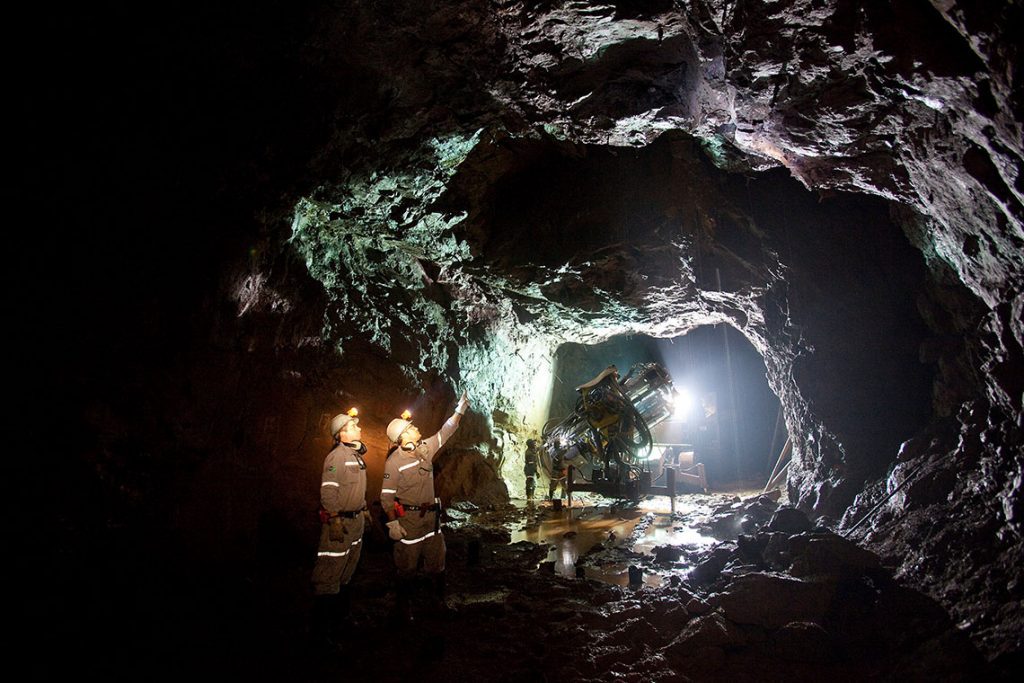
Stacking up the changes
Needless to say, tailings dams are an urgent issue in Brazil (and the rest of the world) and Nexa has no fewer than five tailings and waste disposal brownfield projects. Even before the Vale tragedy, Nexa made the decision to move to dry stack tailings at Vazante rather than increase the current dam’s capacity.
The facility at Vazante came into operation in April and fully ramped up in the third quarter. It’s the first of its kind in Brazil, with the company replicating its success at the Cerro Lindo mine in Peru. Nexa is also building new tailings facilities at Tres Marias with three of four phases completed with 100% water recirculation.
The year has not been without setbacks – a cracked trunnion at Vazante prompted a 8-10,000 tonnes guidance production cut (full production resumed at the beginning of the month). Nexa was also forced to take a $142m impairment loss due after its LOM extension program at its Cerro Pasco complex in Peru came up short. A switch to a new recovery process at the Cajamarquilla smelter to improve recovery has also been postponed into next year.
Soft sell
Apart from the nuts and bolts issues and the hard numbers, Martins says the company is undergoing a major culture change. “We want to be known as a new generation mining company,” says Martins.
With the kind of modernization programs like automation and data mining under way at Nexa, he’s competing for talent that probably prefers to work at a tech company, not a mining operation. Nexa’s name itself is supposed to be forward-looking, as in what comes next.
Nexa is in the third year of its Mining Lab Challenge to support entrepreneurs developing technological innovation projects for the mining and metallurgy industry. To date, the company has signed 15 contracts with start-ups participating in the program.
“That is why we’re working hard to change our mindset. It’s going to take a long time, but we started the process.” And that process will end when old school miners like himself make way for the new generation, says Martins.
Martins says ESG programs are moving from what has typically been described as “soft” issues to take centre stage with equal importance to “hard” metrics
Martins says ESG (Environmental, Social, and Governance) programs like the community environmental education programs, volunteering, diversity drive, and youth outreach at Vazante are moving from what has typically been described as “soft” issues to take center stage with equal importance to “hard” metrics such as financing.
“We are already questioned by investors about gender balance within the organization? And in Brazil what is the ethnic profile of your workforce?” says Martins. Nexa’s goal is to have a 20% female workforce by 2025 and in Vazante, for instance, the majority of those in supervisory positions already are women. Five percent of the workforce is classified as persons with a disability.
Nexa is serious about measuring the cultural changes within the organization so that the program goes beyond inspirational messages on office and factory walls. Tres Marias for instance brings in outside auditors to measure organizational climate (86% favourability according to Korn Ferry) and organizational health (Mckinsey – 92/100).
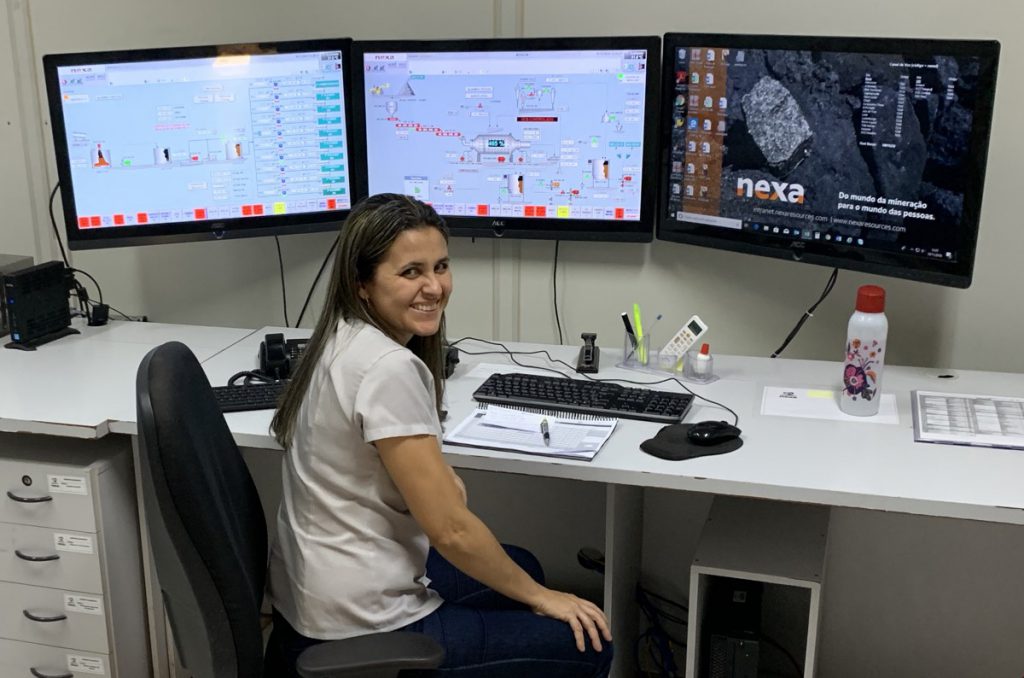
Aripuanã arriving
Nexa is spending roughly $70m split between green and brownfield projects this year. Exploration drilling will likely top 200,000 metres by the end of the year.
Nexa’s capital expenditure will total $420m in 2019 with $122m already spent on greenfield projects this year.
Aripuanã would be the first of Nexa’s seven expansion projects to go into production. The $392m capex project in the north-west corner of the Mato Grosso state near the border with Boliva is expected to produce 120,000 tonnes of zinc equivalent per year when it goes into production in 2021, representing about a fifth of the company’s output.
Martins wants Aripuanã to be the showcase of the next-generation company he’s building
Nexa spent $70m to buy out the part-owner of the property in August for a 100% interest and 66% of the capex on Aripuanã has been committed. Potential at the property is significant with results that regularly make drillhole rankings, including last week’s 257 meter intersection grading 3.71% zinc, 1.87% lead, 0.36% copper, 0.23g/t gold and 43.68g/t silver.
Martins wants Aripuanã to be the showcase of the next-generation company he’s building. Martins says there are 1,500 people already on site. Half of the workers currently being trained are women for all kinds of work, including as underground operators.
How green is your valley?
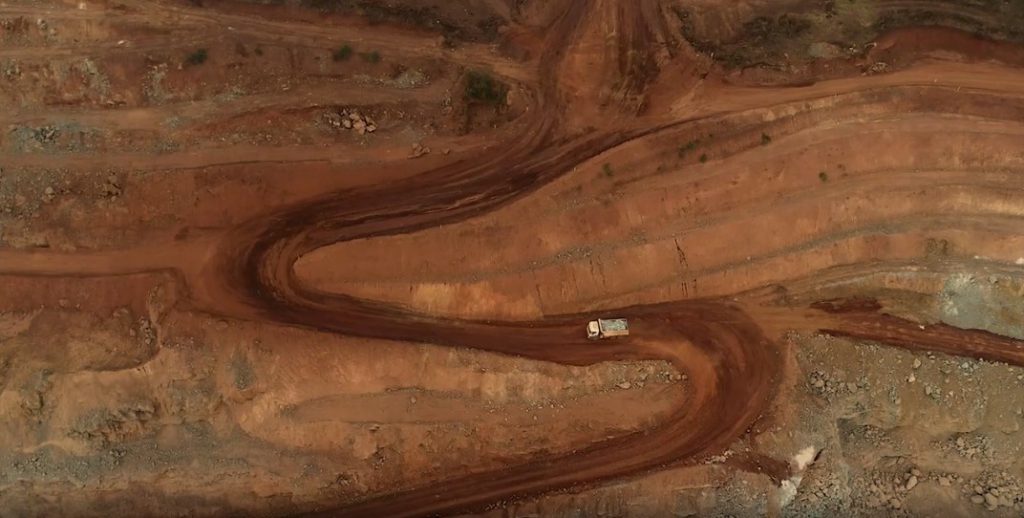
Timelines for other expansions, which include two copper-molybdenum projects called Magistral and Pukaqaqa, are less certain, but the former is likely to get attention first. An open pit at Magistral in Peru has the potential to add 60,000 tonnes of copper equivalent to Nexa’s production profile providing diversification away from zinc.
A feasibility study could be completed in the second half of next year and Martins wants construction to start at Magistral as soon as the company finishes at Aripuanã. “We have all the permits and agreements with local communities in place. Now it’s over to us to start construction,” he says.
An underground mine in Pukaqaqa, also in Peru, could add another 50,000 tonnes or so to Nexa’s copper production, but Martins suggests Hilarion, a polymetallic mine currently under a preliminary economic assessment, would likely follow Magistral. Zinc resources at Hilarion total 2.63m tonnes, with lead and silver as credits.
Buy some, build some
With marching orders from conglomerate parents following the IPO, Martins is not ruling out further M&A for Nexa. The company came close to doing one deal, but in the end walked away because compared with the projects already on its books it did not make financial sense.
“I’ve been told ‘your plans to grow are conservative’. I said ‘yeah, because we want to get there’”
Tito Martins – Nexa CEO
“We assume that if there’s a good chance to acquire a project or an operating asset, and if it’s in competitive terms better than ours, we go for that, which implies that we may acquire something in the future and have to reschedule our projects.
“I’ve been told ‘your plans to grow are conservative’. I said ‘yeah, because we want to get there’.”
Zinc’s weakness notwithstanding, the market has punished the South American miner this year with the stock suffering a drop of more than 25% in 2019.
The next year is going to be crucial for Martins and Nexa with investors watching closely management execution at Aripuanã, one of the largest’s greenfield projects under construction anywhere in the world.
Expectations are high, and success in the green fields of Brazil and Peru could set the company up for a rerating as it moves onto the next phase of its growth and transformation.

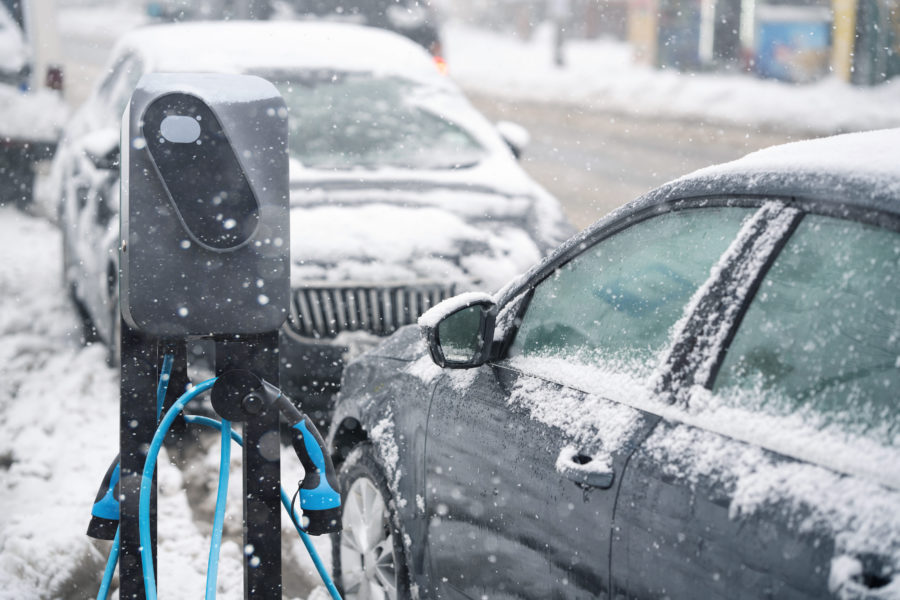
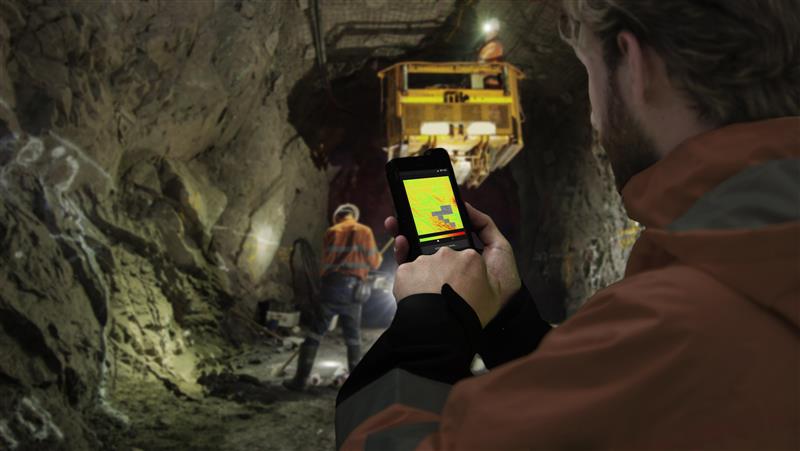
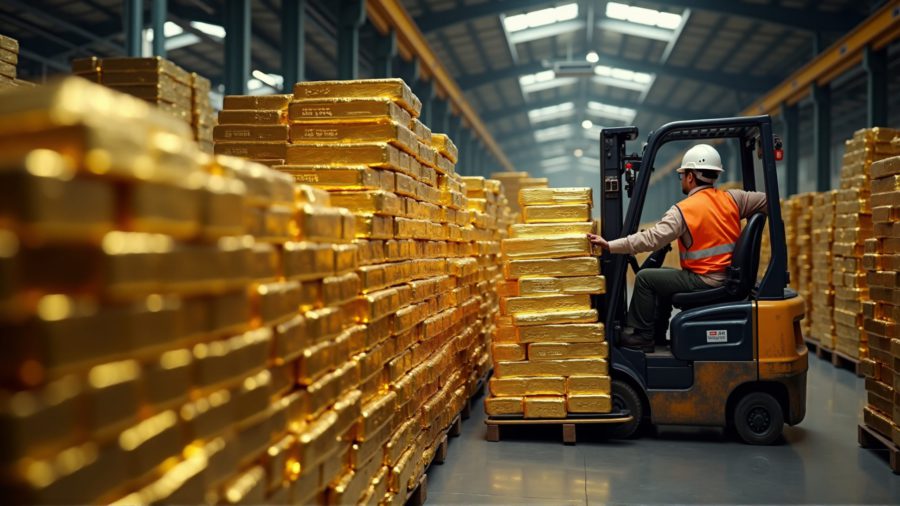
Comments